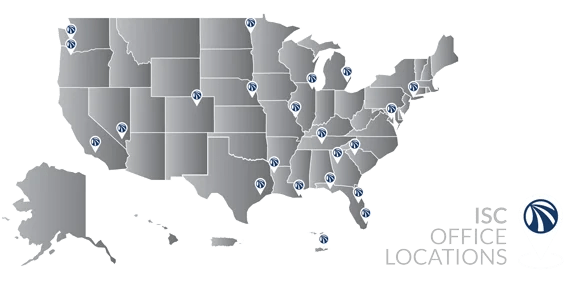Today, all levels of government and private sector stakeholders face an increasing number of disasters, which may be driven by pandemics, weather, environmental changes, civil unrest, man-made incidents, and more. These events can impact community sectors, creating challenges that require immediate and long-term support and recovery strategies.
For this reason, government and private sector entities require a comprehensive preparedness program that not only meets the challenges of today, but also the emerging threats of tomorrow.
Emergency Preparedness Program Challenge
A major goal for any preparedness program is to instill a culture of preparedness. A vast majority of programs rely on grants or other external funding sources, while utilizing organizational resources whose primary role is outside the preparedness realm.
These funding sources are directly tied to expected deliverables. It is necessary to demonstrate compliance to ensure continued funding, but a comprehensive preparedness program must also:
- Ensure annual assessments, planning, training, exercising, and stakeholder engagement are ongoing.
- Ensure personnel (internal and external stakeholders who are assigned key preparedness tasks) have access to and participate in annual assessments, planning, training, and exercising activities.
Emergency Preparedness Program Review
Emerging threats such as influenza strains, cyber-attacks, climate change, new weapons of mass destruction technologies, etc., bring new challenges to the response and recovery mission. Lessons learned from recent events such as COVID-19 and severe weather need to be incorporated within our preparedness programs. The primary objective of the preparedness program is to enhance an organization’s operational readiness.

To achieve a comprehensive preparedness program that can instill a culture of preparedness and enhance the entity’s operational readiness requires a critical review of the preparedness program mission, expectations, and capabilities.
Steps 1-3 (Documentation Review – Physical Site Review)
Purpose: to develop an understanding of the current operational environment while preparing a crosswalk of findings against best practice and national compliance metrics.
Steps 4-5-6-7 (Interviews, Stakeholder Engagement, Response Team, Equipment and Training Review)
Purpose: to validate plans and policies while developing an understanding of the entities response and recovery capabilities.
Steps 8-9-10 (Draft Report – Develop Recommendations – Develop a Long-Term Implementation Plan)
Purpose: to identify strengths and weaknesses while developing a plan of action to prioritize immediate tasks and a log range plan to enhance the preparedness unit’s mission, and ultimately the entities operational readiness.
The outcome is a strategic plan to close gaps and advance the preparedness program goals. This will assist an organization move closer to operational readiness.

